Craters of the Moon National Monument
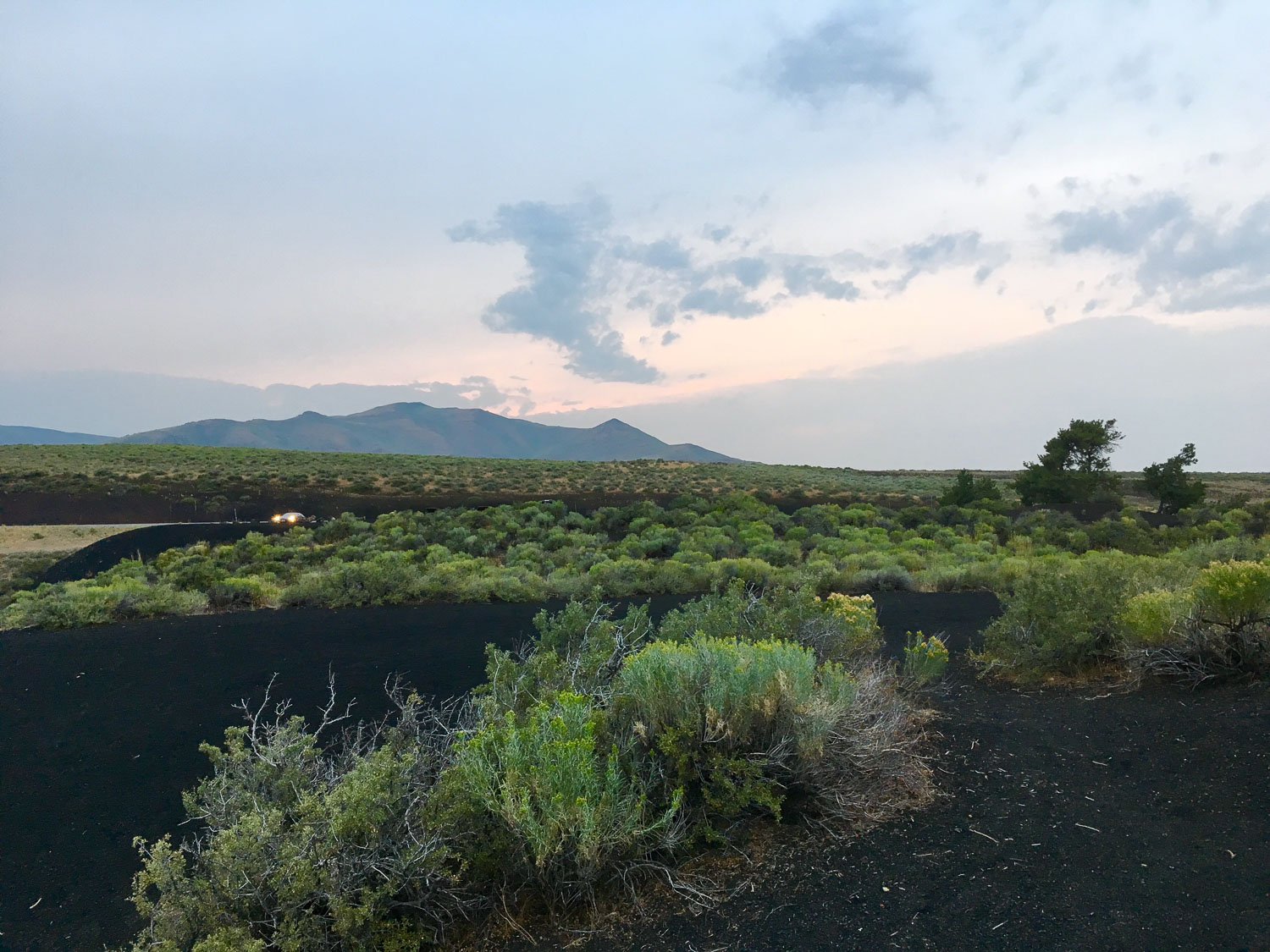
Craters of the Moon National Monument
South Central Idaho
By Ellysa Evans
My first impression of Idaho was not a fair impression of what Craters of the Moon National Monument and Preserve had in store for me. Not even a little bit. My limited view of Idaho was not a fair impression of the state, either.
As I made my way south out of Grand Teton National Park, heading west into Idaho from Jackson, Wyoming, I was immediately met with sweeping fields of gold. To my right and left, around bends and wends, it was all gold, amber, and honey.
When I tell anyone in the USA that I hail from Alberta, they almost always follow up with “Oh, Alberta is like the Texas of Canada, right?” Well, if Alberta is the Texas of Canada where the economy is concerned, then Idaho is the Saskatchewan of the USA when it comes to landscape. Flat and gold for days. At least that’s what I thought.
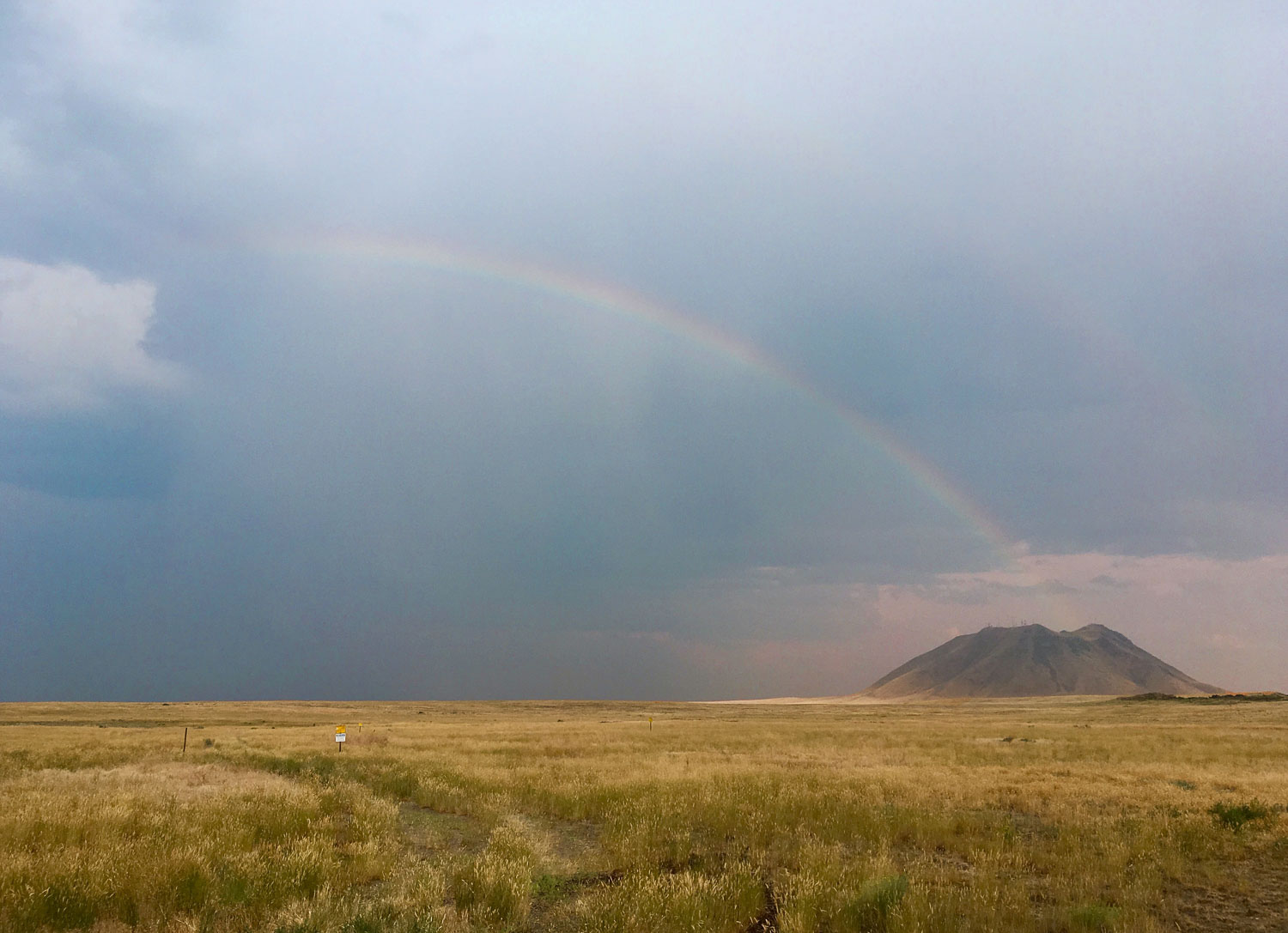
Rounding corners and flying past fields, I did eventually discover some lush, low growing potato crops that my mom implied I would find. The closer I got to Craters of the Moon, the more unusual things became. Around Atomic City, population: 29 (up 20% since their previous census), some rather alien things started cropping up on the horizon. Three buttes signaling a rift zone. Three perfect hills rising up abruptly out of the flat plains. I stopped to photograph a rainbow over one as I passed. Then the true magic began.
The landscape started to unfold, and one rise at a time, I started to see the cones and violent ridges of the rift, black as night. I am familiar with gray-blue, I’ve marveled over white, and I am learning red, but the black rock and sand of Craters of the Moon were such a unique sight. It was the stark black rock against a hazy post-storm white sky that made me realize what I would come to love about this place – the contrast.

This immense lava field is 1,600 square km or 618 square miles. This was formed through eight major eruptions, the most recent being about 2,000 years ago. The park has a violent natural history, but I found so much calm in its blackened fields. A dormant volcanic field has to be the epitome of energetic contrast, and that I found so much solitude and quiet in the park’s historically intense environment was a curious thing.
From up out of the ashen rock, I was surprised to find such a variety of vegetation. I never imagined that volcanic rock could be such a hotbed for greenery. I imagine soil temperatures are high and hostile. It’s a wonder so many things survive. The sagebrush and bitterbrush are, of course, extensive, but the multitude of wildflowers, prickly pear cactus, scorpion weed, and mixture of pine, cedar, and juniper is remarkable. I couldn’t help but marvel over how many little plants were pushing their way up through the black, and I wish I had been around to witness the dwarf buckwheat bloom season.
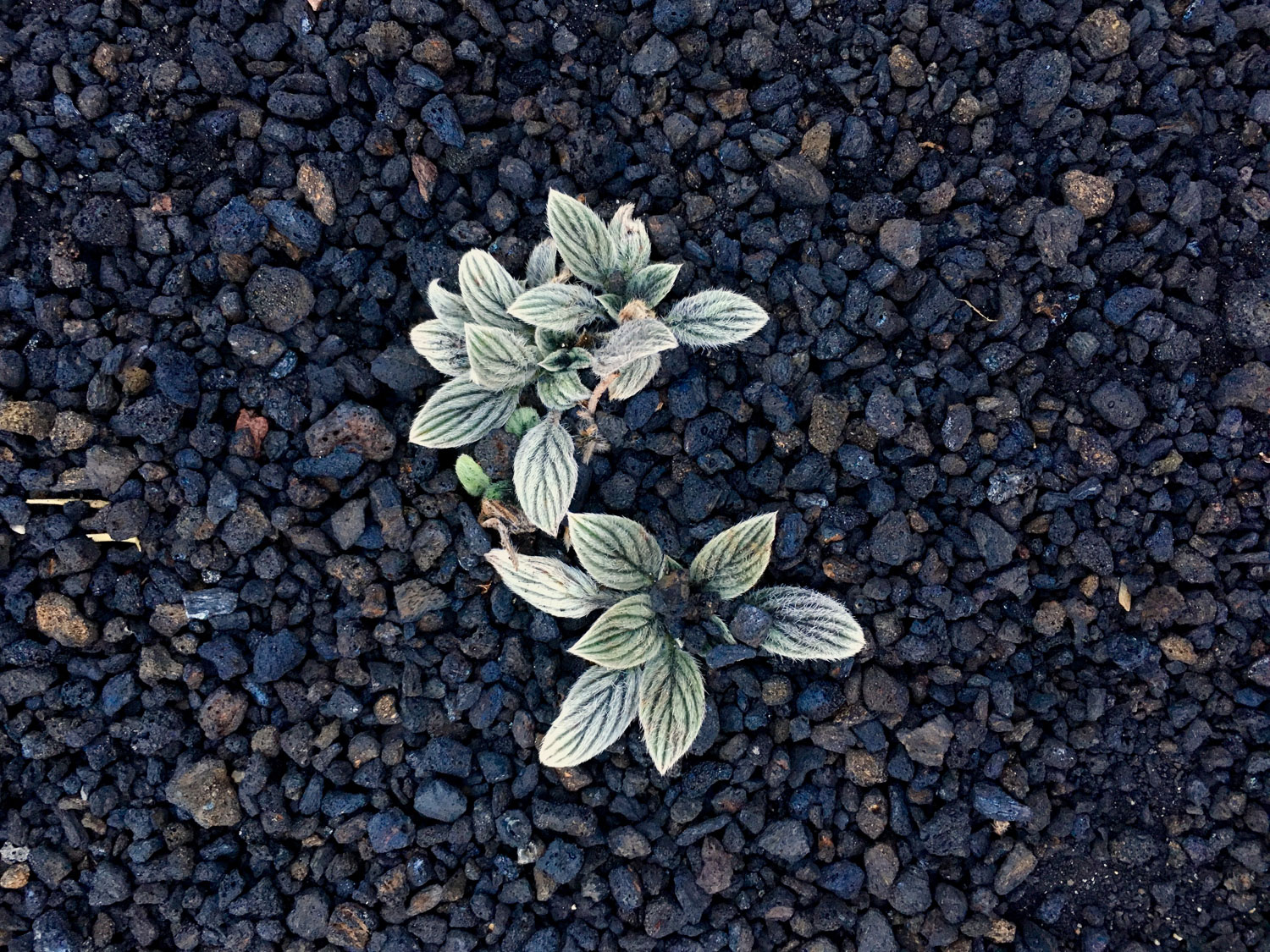
There is contrast even in the rock formations themselves. Either they ebb and flow like returning tides, once rivers of molten lava or they rise up from pressure, craggy and sharp.
A few days before my adventure, I read an article authored by Jeremy Young about soundscape ecologist and naturalist, Bernie Krause. For years, he has archived the sounds of natural landscapes and studied their sonic imprint. Healthy, vibrant ecosystems appear on his spectrograms as dynamic, intense and colorful representations of what he has recorded. He discovered that each species within an environment has a tendency to adapt the frequency of their calls to fill gaps within the spectrum as if to create a perfectly balanced architecture of sound.
This was so apparent to me in the park. Without trees for the wind to whistle through, without canyons or valley walls to reverberate, and without creeks or rivers to generate a significant amount of white noise, it seemed everything was hushed in compensation. Amongst the shushing wind, the competition was scarce. The grasshoppers clicked and snapped, nuthatches chirped, and on occasion, I could catch the echoing call of a hawk or eagle in the distance. Perhaps this was why everything felt so calm.
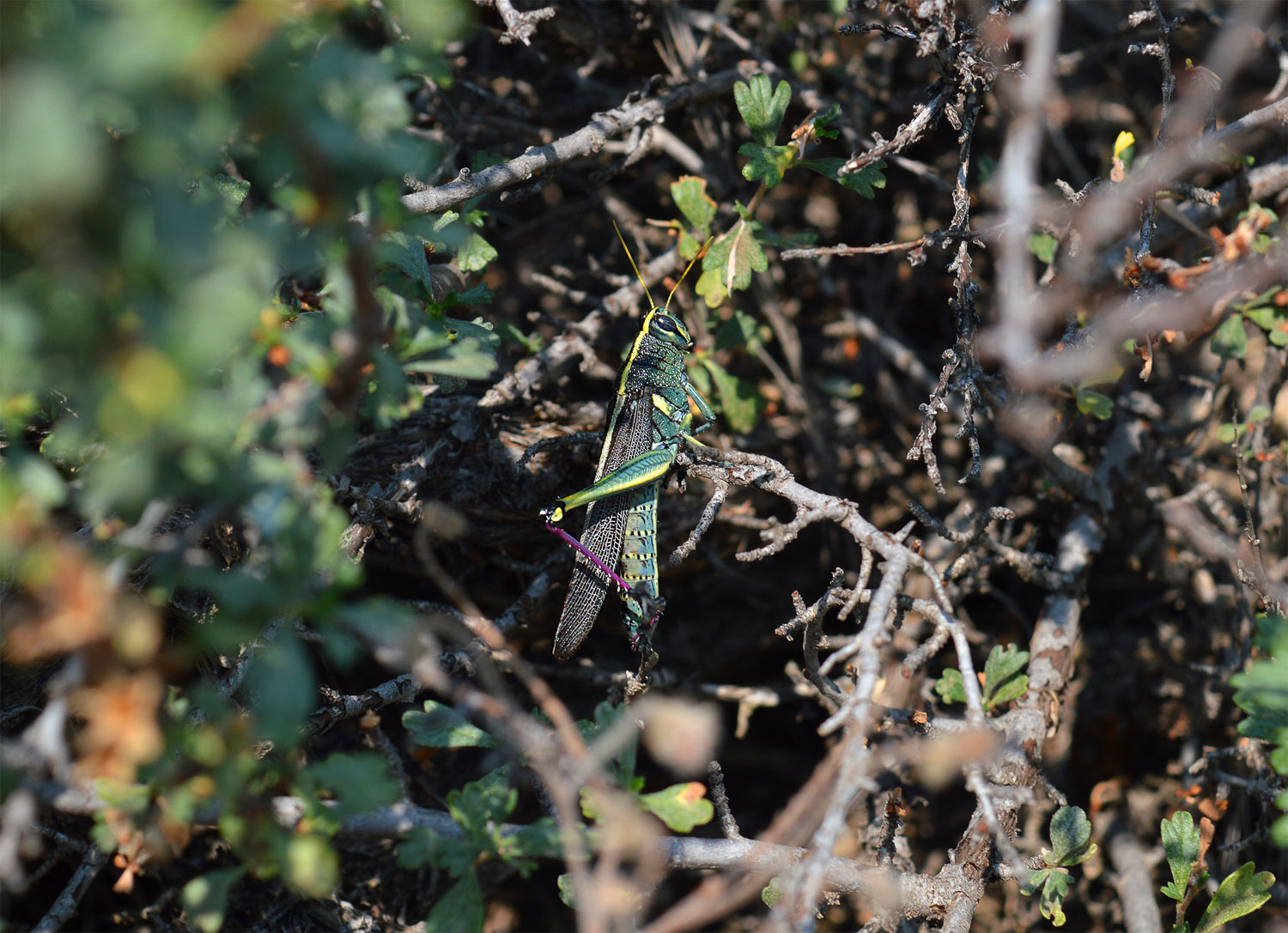
It only took one day for me to avidly explore the trails and established features of the park. I climbed through the lava tunnels, was frightened by growling pigeons protecting their nests, and chased grasshoppers through interpretive loops that described tree molds and cinder deposits.
You come upon tunnels, caves, and tubes unknowingly, they creep up on you, or you creep up on them, in seemingly arbitrary areas of the field. Their gaping mouths swallow you down over rocks and boulders. I scrambled through the entire length of Indian Tunnel first and clambered back over smooth stone back to the trail. In the light of my headlamp, Beauty Cave seemed to come alive, glittering. It looked like the rock was full of reflective quartz or twinkling diamonds, but it was simply water droplets covering the walls and ceiling. They were dazzling, and I let them crawl down the tender inside of my fingers like I would a ladybug.
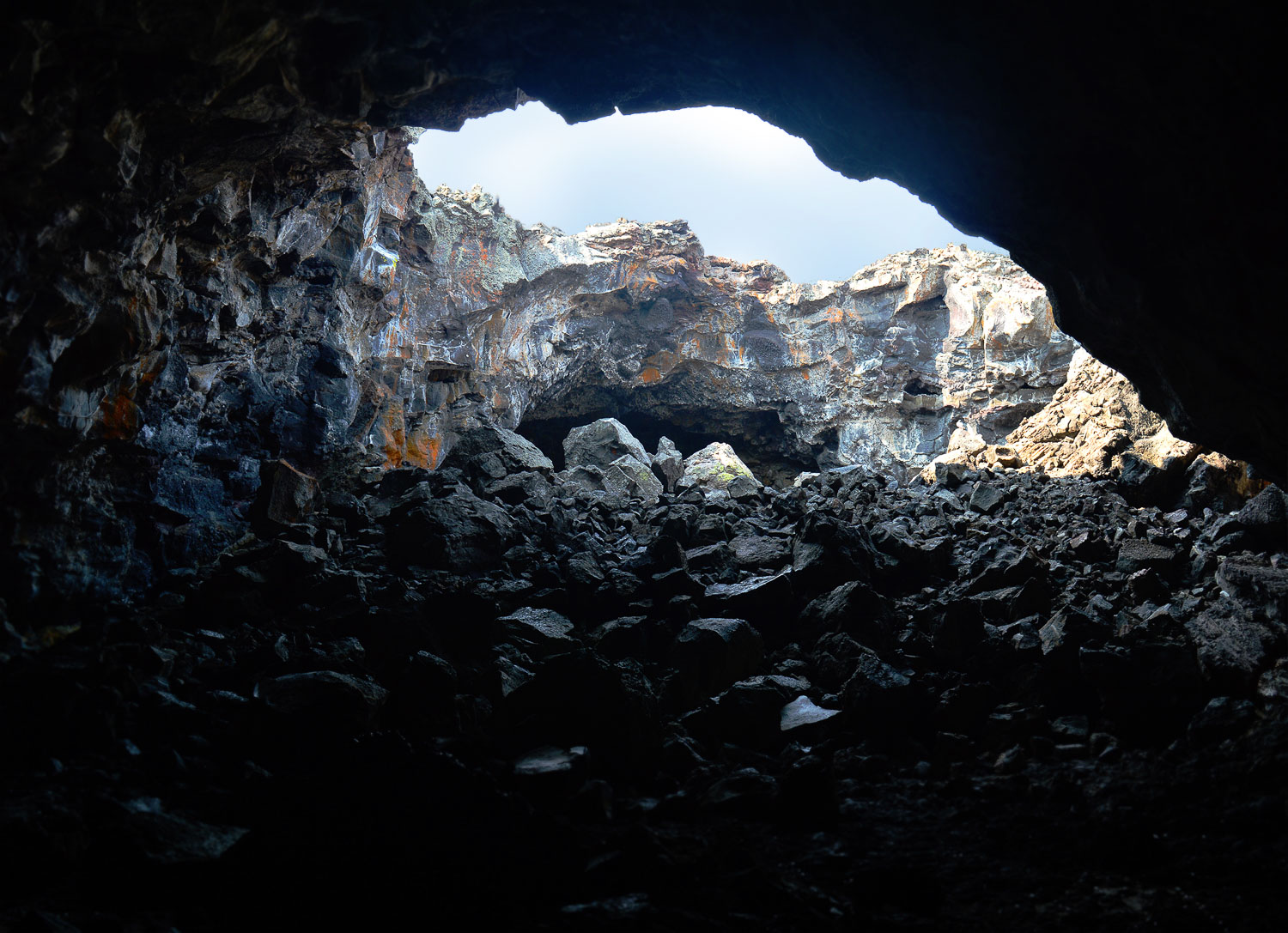
Trails were brief but fascinating. I always enjoy trails on which I return the same way from which I came. I don’t often take the time to turn around and see a place in the opposite direction of travel, which is a shame. Just as many beautiful things can be seen behind as are ahead. In one direction, I am absorbing and admiring, and as I walk back the same way, I am afforded an opportunity to reflect on things I’ve seen, decompress, and appreciate both my comings and goings. On the return route, I also tend to notice the finer details or the little things so much more. In this park, it was the multi-colored grasshoppers that really caught my attention.
In my haste to leave on my two-month road trip through the western United States this summer, I, unfortunately, forgot to pack my astronaut suit. And while I know that I’ve already traveled so many off the beaten trails in Craters of the Moon National Monument and Preserve, I think I’ll make sure I’m better prepared to spend more time in this landscape when (not if) I return. Even volcanoes rest, and surely I can’t find a more suitable place to be led by example, quieting the chaos.
Ellysa is soft-hearted, ultra curious and wildly ambitious, but she is also an introvert and an empath. She craves connection and a natural quiet – being outdoors refuels her soul. Grace and gravity are the two most important forces in her life – together, they have taught her how to be humble, brave, compassionate and most importantly, how to play.
You can follow Ellysa’s adventures on Instagram and see more of her work at graceandgravity.ca.
Be the first to comment